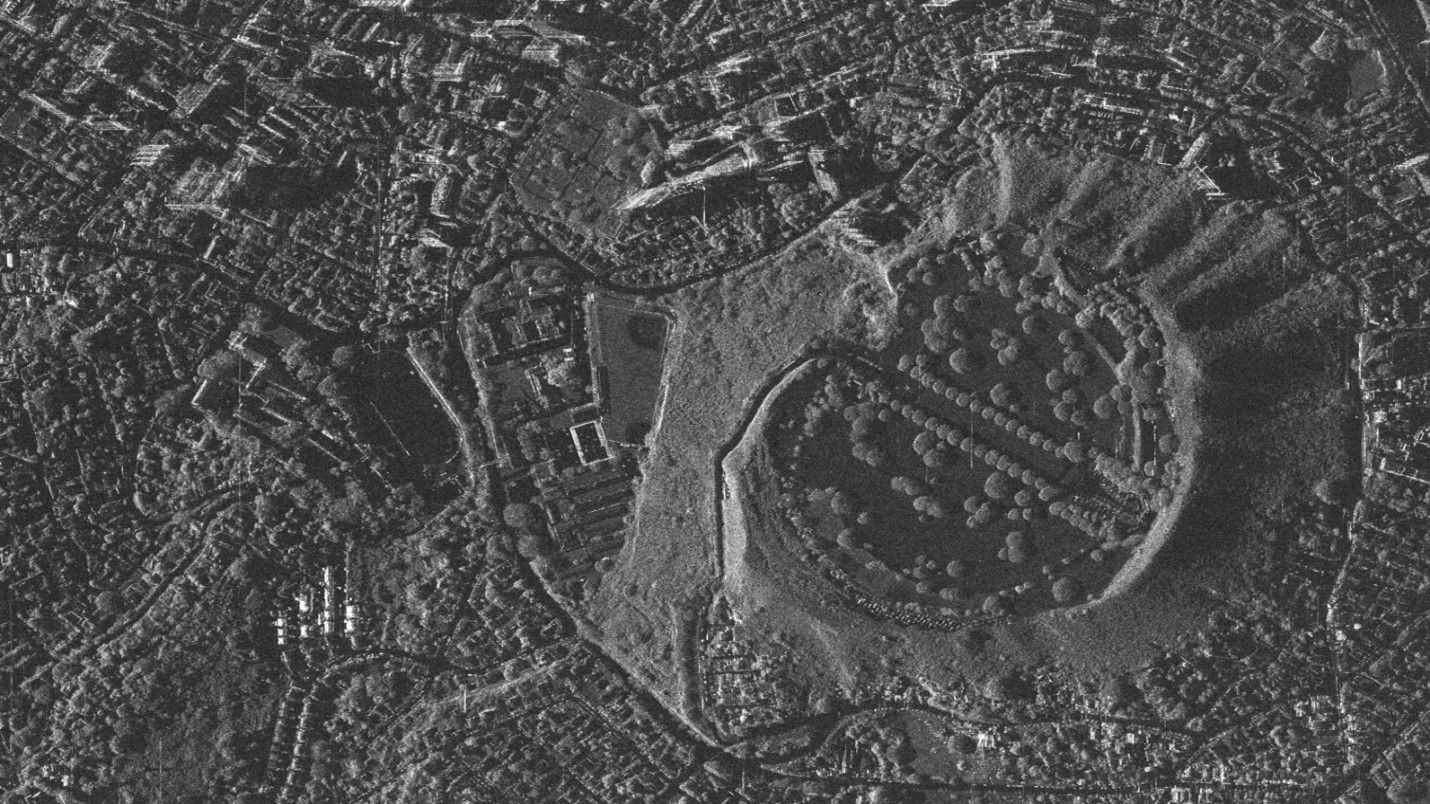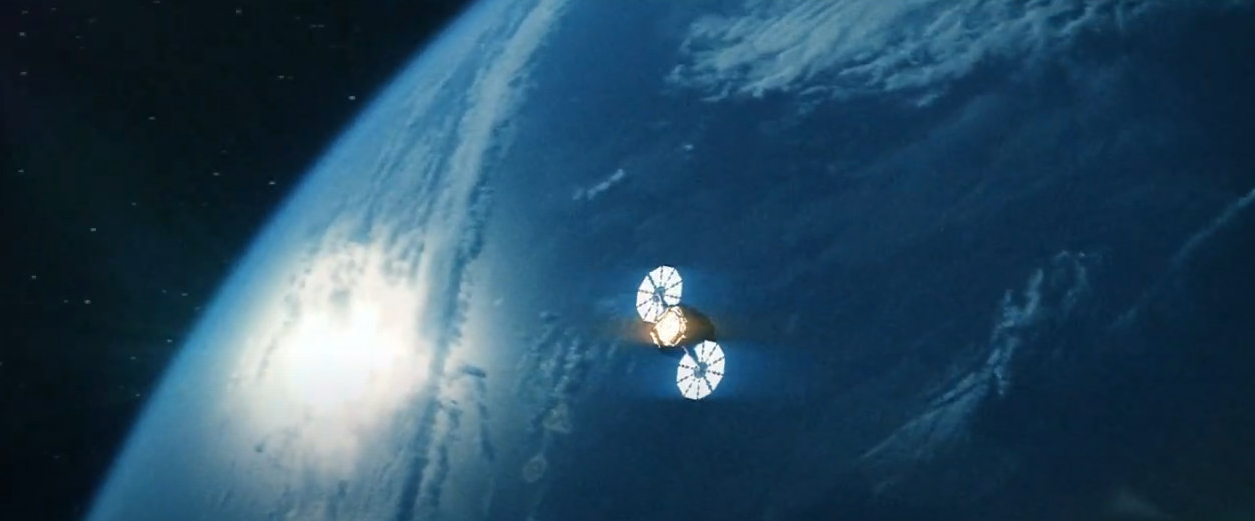
Emerging markets and developing economies (EMDE) rank among the most vulnerable to climate change, as they are exposed to both physical and transition risks associated with the shift to a low-carbon economy. Climate change doesn't just threaten the environment; it poses risks to a country's businesses and economy and is increasingly influencing the behaviours of investors, financial markets, and financial institutions.

Hannah McNally: Satellite Services and Insurance & Finance
5:58
Understanding environmental risks can be complex, yet there are a growing number of initiatives, technologies and tools that are now helping to better inform decision-makers about financial disclosure and climate risk management.

Smart Report: Remote geospatial intelligence reports to support insurer decisions following an event.
With climate change increasing the frequency of extreme weather events globally, along with more remote locations or areas with inadequate infrastructure to deal with these events, remote analysis using satellite imagery could be extremely useful for insurers. With Smart Report, we can provide a remote analysis reporting to identify land access and secured areas, as well as provide cartography of the damaged infrastructure and evaluation of the damage costs…all within a matter of days. Enabling remote site inspection is key for insurers for post-event analysis in developing economies. Claims adjusters can identify key areas without having to go into-the-field, and safely make decisions from their desktop.
Smart Report is a tailored service providing a geospatial intelligence reports based on the analysis of satellite imagery and open source data.

SpatiaCore and climate change data: Suite of services providing environmental perils data modelled against climate change
We provide Geospatial Intelligence Systems (GIS) to deliver solutions to lending customers. The SpatiaCore’s sophisticated risk analysis tool combines detailed data from multiple sources to enable climate change impacts to be assessed at individual property level. Risk factors such as flooding and subsidence are included in the tool enabling lenders and insurers to calculate with greater accuracy and certainty the environmental perils for each property in their mortgage portfolio.
The Prudential Regulation Authority (PRA) at the Bank of England set objectives to test the resilience of banks, insurers and the financial system, against different climate pathways and identify the exposure faced from climate-related risks. As a response to the release of the Climate Biennial Exploratory Scenarios (CBES), which provides the scenarios with which lenders will be tested against to understand their portfolio risk exposure - not just for the status today but for many years well into the future, we can provide flood and subsidence risk data adjusted under different future climate scenarios.

FieldFinder and Crop Analytics: Combining agriculture capabilities to support insurers in developing countries
As we know, drought is exacerbated by climate change, which threatens the sustainability of micro-farming businesses in developing countries. Through the UK Space Agency’s International Partnership Programme, we have explored the value that Earth Observation (EO) can bring to drought assessment in remote regions such as in Kenya, in comparison to existing more traditional methods such as rain gauges. It is impossible to accurately monitor drought on the ground, at-scale and there are high costs associated with an in-field survey approach, which is required when a farmer wants to make a claim for drought damage and receive compensation from their insurer.
We have developed FieldFinder, a tool that uses machine learning to help detect field boundaries from high-resolution satellite imagery, providing fundamental unit areas for crop assessment. Combining this with repeated observations, we can track the progress of crop health over a growing season, from planting, through maturation and ready to harvest. This information can be provided efficiently at scale though the use of EO.
This can also help to detect if drought risk is likely and provide this information for decision makers such as governments, banks or insurers to help support populations at risk of food insecurity and enable compensation to farmers in a timely manner.



